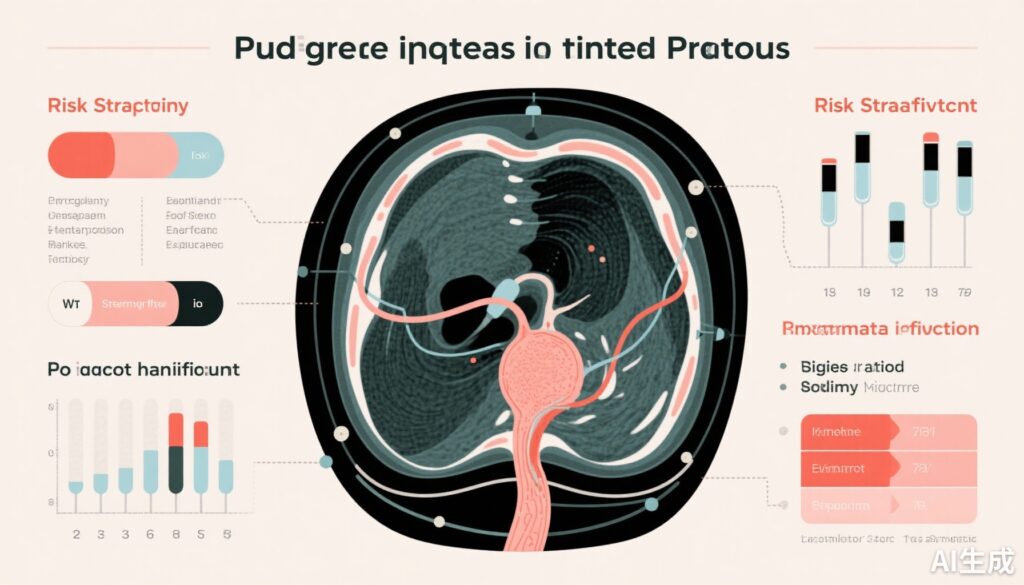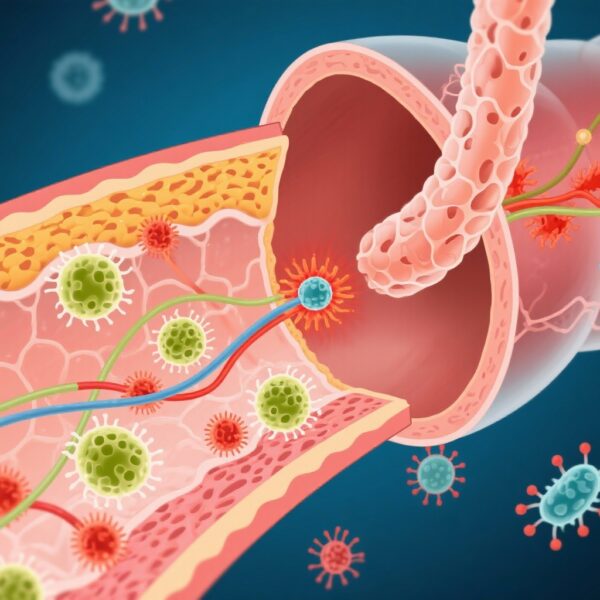Study Background: The Clinical Context of GG1 Prostate Cancer
Prostate cancer remains one of the most common malignancies among men worldwide, with a broad spectrum of clinical behaviors ranging from indolent to highly aggressive disease. The Gleason grading system, revised as Grade Group (GG) system, is central to prostate cancer diagnosis, prognosis, and treatment decision-making. GG1, traditionally considered low-grade and often managed conservatively, is sometimes subject to debate regarding its biological and clinical significance.
In recent years, the paradigm of management has shifted towards active surveillance for low-grade disease, primarily GG1. However, evidence suggests heterogeneity within GG1 prostate cancers, raising concerns about whether all such cases are truly indolent and warrant conservative approaches. Advocates for removing the label altogether from GG1 argue that its long-term clinical course is generally favorable, especially when confined to the prostate without adverse pathology. Yet, detailed data on long-term outcomes, particularly stratified by risk and biopsy characteristics, have been limited.
This study aims to fill that gap by providing a comprehensive analysis of cancer-specific outcomes in men with biopsy-diagnosed GG1 prostate cancer, stratified by National Comprehensive Cancer Network (NCCN) risk groups, assessing adverse pathology at prostatectomy and mortality risk.
Study Design and Population
The research utilized a population-based cohort from the Surveillance, Epidemiology, and End Results (SEER) database, encompassing data from January 1, 2010, to December 31, 2020. The cohort included 117,162 men diagnosed with localized GG1 prostate cancer. Participants were stratified into NCCN risk categories: favorable intermediate-risk, unfavorable intermediate-risk, and high-risk. The study analyzed prostatectomy records and outcomes, including adverse pathological features and prostate cancer-specific mortality.
Key endpoints included prostate cancer-specific death, evaluated through competing risks analysis, and the presence of adverse pathology—such as extraprostatic extension, seminal vesicle invasion, and high-grade disease—at surgical pathology. Multivariable regression models adjusted for age, race, PSA levels, and other relevant covariates, to evaluate associations between risk groups and outcomes.
Key Findings and Results
The cohort’s median age was 64 years (interquartile range, 58-69 years). Out of all patients with biopsy GG1 prostate cancer, 10,440 (9%) were classified as favorable intermediate-risk, 3,145 (3%) as unfavorable intermediate-risk, and 4,539 (4%) as high-risk.
A significant proportion of men with high-risk GG1 (approximately 60%) exhibited adverse pathology at radical prostatectomy, highlighting the heterogeneity within GG1 diagnoses. When evaluating long-term cancer-specific mortality, the rates for unfavorable intermediate-risk GG1 and high-risk GG1 were 2.4% and 4.7%, respectively. These figures were comparable to outcomes seen in patients with higher-grade GG2 disease at similar risk levels, which reported mortality rates of 2.1% and 4.0%.
Adjusted hazard ratios (AHRs) demonstrated that all risk groups within GG1 were associated with an increased risk of prostate cancer-specific death relative to low-risk GG1: favorable intermediate-risk GG1 (AHR, 1.60; 95% CI, 1.30–1.96), unfavorable intermediate-risk GG1 (AHR, 2.10; 95% CI, 1.53–2.89), and high-risk GG1 (AHR, 3.58; 95% CI, 2.93–4.38). These findings underscore the heterogeneity and potential aggressiveness within what has traditionally been considered a low-risk group.
Expert Commentary and Implications for Practice
The study challenges the notion that GG1 prostate cancer uniformly follows an indolent course. The substantial proportion of biopsies harboring intermediate and high-risk features—and the similar mortality rates between GG1 at higher risk levels and more established intermediate-risk disease—suggest that GG1 is a heterogeneous entity requiring nuanced management.
These findings may influence the ongoing debate about reclassification, potentially supporting a more stratified approach to GG1 diagnoses. The presence of adverse pathology and elevated mortality risk in subset populations underscores the importance of comprehensive risk assessment beyond biopsy Gleason grading alone. Incorporating advanced imaging, genomic tests, and detailed pathological evaluation could improve stratification and prevent overtreatment.
Limitations include the potential for selection bias inherent in retrospective registry data, and the lack of detailed information on treatment modalities and patient comorbidities. Nevertheless, the large sample size and robust statistical approach strengthen the validity of the findings.
Conclusion: Towards a More Refined Classification of GG1 Prostate Cancer
This landmark analysis emphasizes that not all GG1 prostate cancers are equivalent and that a considerable subset exhibit adverse pathology and worse cancer-specific outcomes. The heterogeneity observed advocates for a tailored approach to diagnosis and management, rather than a one-size-fits-all label of ‘low risk.’ Future guidelines should incorporate risk stratification details to optimize treatment decisions, avoiding both overtreatment and undertreatment.
Further prospective studies and integration of molecular diagnostics could refine risk assessments and guide reclassification efforts—ultimately leading to more personalized and effective prostate cancer care.



